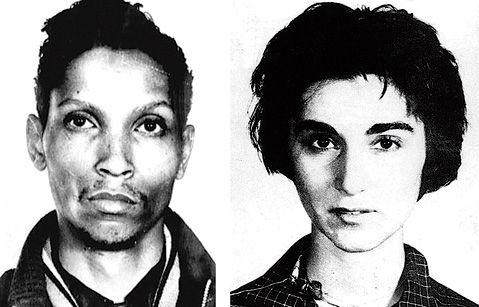Genovese Syndrome: Unraveling the Bystander Effect

Genovese syndrome, more commonly known as the bystander effect, refers to a social psychological phenomenon where individuals are less likely to offer help to a victim when other people are present.
The more bystanders there are, the less likely it becomes that any one of them will intervene in an emergency. The name “Genovese syndrome” is derived from the infamous murder of Kitty Genovese, which became a symbol of this societal phenomenon.
Kitty Genovese and the Origins of the Bystander Effect
The story of Kitty Genovese is central to understanding Genovese syndrome. Kitty was a 28-year-old woman living in New York City who was brutally murdered on March 13, 1964. Her death became one of the most well-known examples of public apathy and inaction. It was this incident that later led to the coining of the term “bystander effect” in the field of psychology.
On the night of her death, Kitty was returning home to her apartment in Kew Gardens, Queens, when she was attacked by a man named Winston Moseley. Over the span of about 30 minutes, Moseley brutally assaulted and stabbed her multiple times. The attack occurred in a public space and, most disturbingly, it was later reported that 38 witnesses saw or heard parts of the attack but did not intervene or call the police.
This lack of intervention by so many witnesses shocked the world. News outlets at the time focused on the apparent apathy of these 38 bystanders, framing the story as a horrifying example of how urbanization had fostered callousness and detachment in society.
Who Killed Kitty Genovese?
Kitty Genovese’s murderer, Winston Moseley, was eventually caught and confessed to the crime. He was a serial offender with a history of violence and sexual assault. On that tragic night, Moseley followed Kitty Genovese from her car to the courtyard of her apartment building and attacked her.

Moseley’s assault was interrupted when a neighbor shouted from his window, which caused him to momentarily flee. However, Kitty, seriously injured and attempting to make her way to safety, received no immediate aid from any of the bystanders who had heard her screams. Moseley returned shortly after, finding Kitty in a vestibule where he continued his brutal attack, ultimately killing her.
Moseley was apprehended six days later when police discovered that he had stolen a television set from another crime scene. During interrogation, Moseley admitted not only to killing Kitty Genovese but also to several other murders and sexual assaults. He was convicted of murder and sentenced to life in prison, where he remained until his death in 2016.
The Myth and Reality Behind the 38 Witnesses
While initial reports of Kitty Genovese’s murder focused on the alleged 38 witnesses who did nothing, later investigations revealed that the situation was far more nuanced. The number of people who actually witnessed the attack in its entirety was far smaller, and many of those who heard Kitty’s screams did not fully understand what was happening. Some assumed the sounds were part of a domestic dispute, while others believed someone else had already contacted the police.
Two individuals did make efforts to help. One neighbor called out to Moseley, scaring him off temporarily, while another neighbor held Kitty in her final moments. However, the fact that no one called the police until it was too late sparked outrage and led to the exploration of human behavior in group settings, ultimately giving rise to the concept of the bystander effect.
Psychological Exploration: The Bystander Effect
The murder of Kitty Genovese prompted researchers, particularly John Darley and Bibb Latané, to study why people fail to act in emergencies when others are present. Their studies in the late 1960s provided a deeper understanding of what would become known as the bystander effect.
Through a series of experiments, Darley and Latané discovered that when individuals are in a group, they are less likely to act in a crisis situation compared to when they are alone. This behavior is driven by two main psychological mechanisms:
1- Diffusion of Responsibility: In a group, people tend to believe that someone else will step in to help. This shared sense of responsibility diminishes individual action.
2- Social Influence: People look to others to gauge how to react. If no one else is intervening, individuals may assume that action is not necessary or that others have already taken steps to handle the situation.
Legacy of Kitty Genovese’s Death
The tragedy of Kitty Genovese’s murder led to more than just scientific exploration of human behavior. It spurred real social change. In New York City, the public outcry resulted in the development of the 911 emergency call system. This system simplified the process for people to report crimes and emergencies, allowing for quicker police response.
Moreover, Kitty’s death became a cultural touchstone, discussed in countless books, films, and articles that examined urban life, human behavior, and morality. Although much of the early narrative has been corrected, the bystander effect remains an important reminder of how human psychology can work against individual responsibility in critical situations.
The murder of Kitty Genovese serves as a painful lesson on the complexities of human behavior, particularly in moments of crisis. While the initial reports painted a grim picture of societal apathy, further research has shown that the bystander effect is not about heartlessness but rather the psychological challenges that emerge in group settings. Nevertheless, the legacy of Kitty Genovese’s tragic death endures, reminding us that in moments of emergency, taking action can be the difference between life and death.
